bee ·
bees ·
beeswax ·
environment ·
garden ·
hive ·
ingredients ·
lip balm ·
lotion bar ·
Northwest ·
PNW ·
science ·
Seattle ·
smooch stick ·
From Flower to Spoon
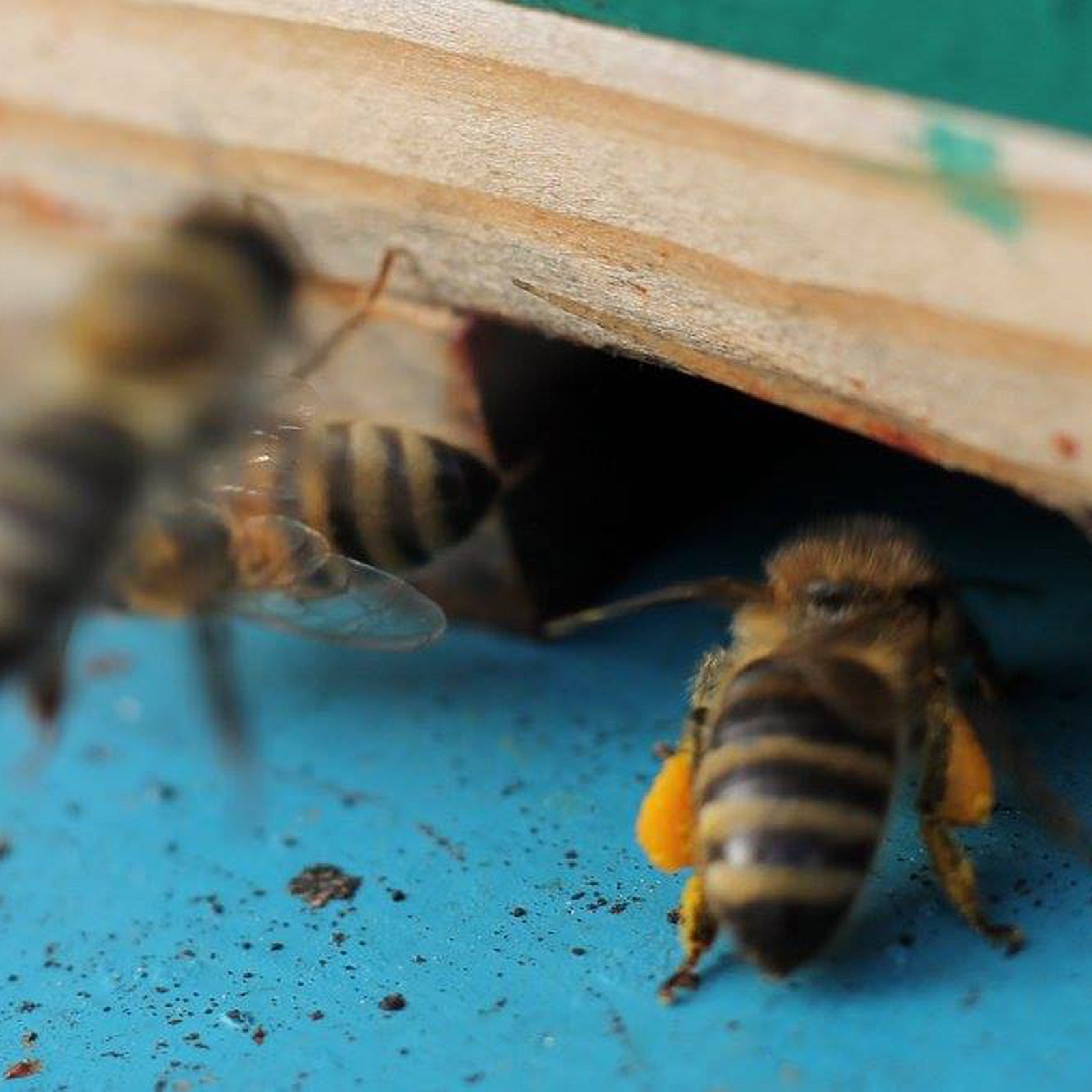
This is one busy bee!
All the pollen we see on honey bees goes to feed their larvae. It's the nectar they collect mixed with bees' unique enzymes that becomes the nutrient-rich honey that feeds them during the winter months. Unlike most insects, honey bees stay active all winter long, keeping their queen and her brood warm and thriving.
Luckily, those hard workers make more than they need and we use honey from local Ballard Bee Company in our Exotic Escapade and Highland Fling soaps. I collect the extra honey from my own backyard hives for a few lucky friends and family members. And for me!
We start with a full frame of honey. Bees cap the honey comb with a lid of wax when the moisture content is perfect. To get the honey out, we first cut the wax off using either a heated uncapping knife or, my favorite, a simple uncapping fork.
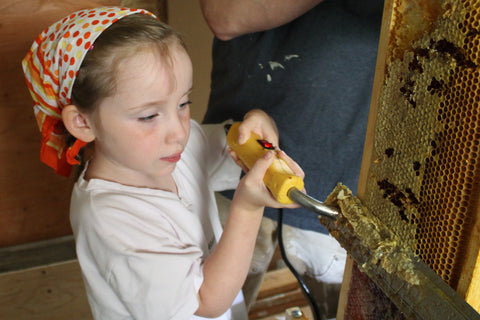
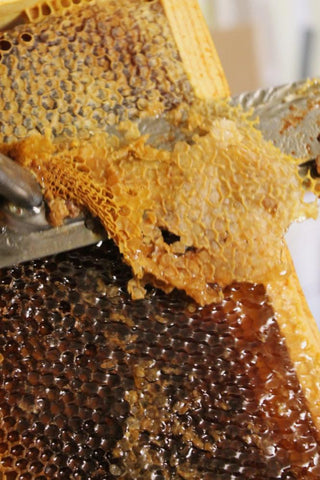

It's impossible to exaggerate how deliciously fragrant - and sticky - the process is!
The uncapped frames slide into a mechanical honey extractor and then spin and spin.
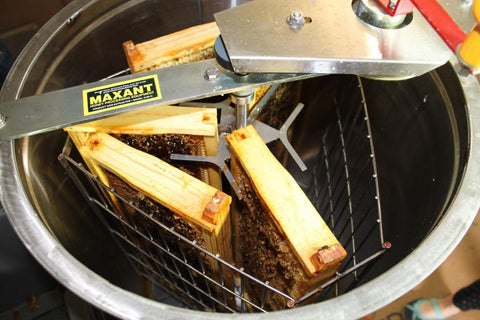
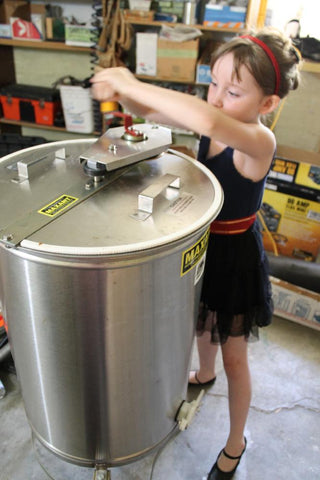
Centrifugal force flings the honey out of the frames without damaging the comb.
Opening the gate at the bottom of the extractor releases the honey. Within a day or two, the extra bits of wax float to the top, leaving only perfect golden honey below, ready to be bottled.
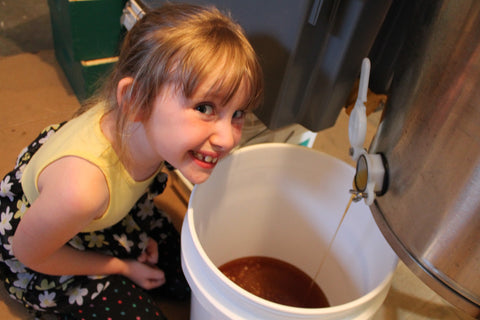

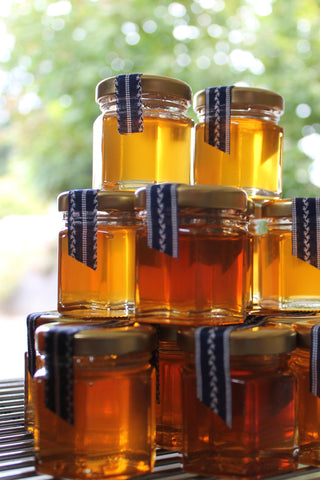
Despite many hand-washings, I was still pretty sticky when I returned the frames to the beehives. The bees came and collected the honey back from me. Considering that each worker makes approximately 1/12 of a teaspoon of honey in her lifetime, I didn't begrudge the one sweet sip.


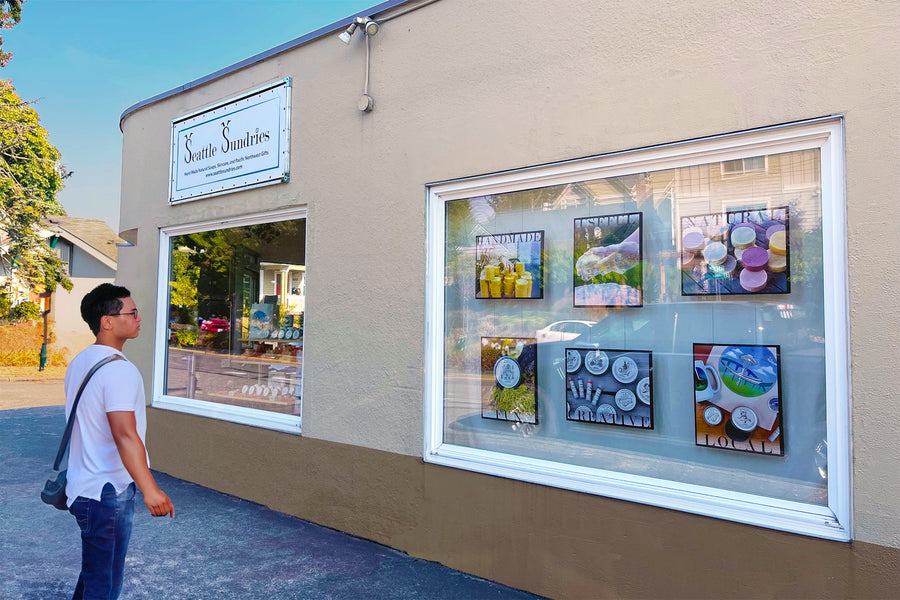


Leave a comment